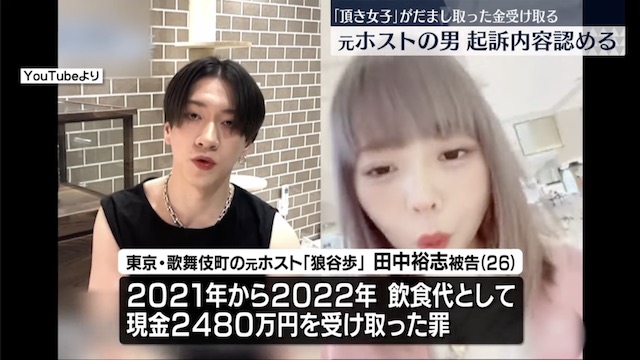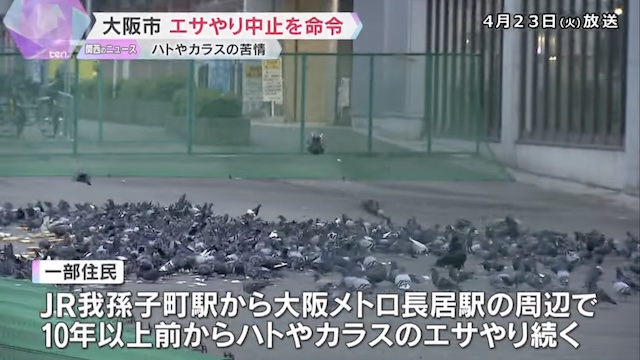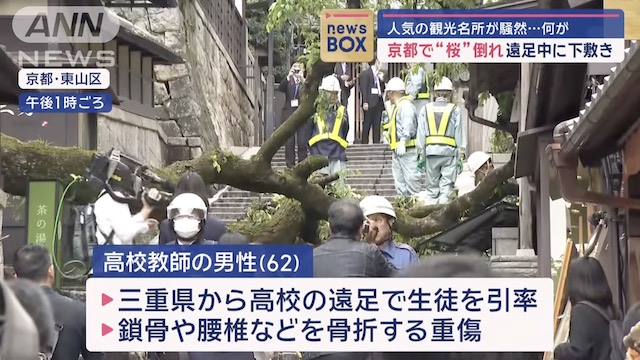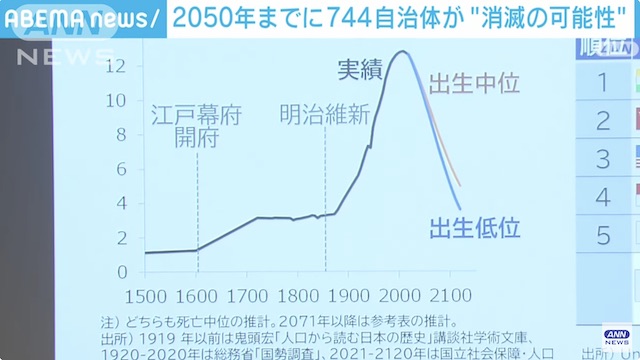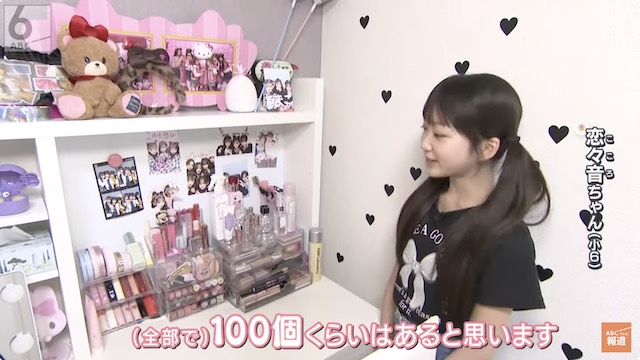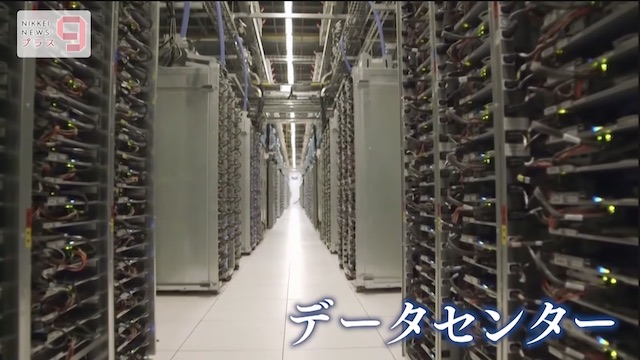Mar 07 (NHK) - NHK has learned that only 35 percent of workers who responded to the March 2011 nuclear accident at Fukushima Daiichi plant have been checked for long-term effects of radiation.
A Japanese government-affiliated research organization began conducting the radiation-exposure screenings 4 years ago. Some 20,000 workers who entered the plant within 9 months of the accident are to undergo life-long monitoring that includes blood tests and thyroid exams.
During the nuclear crisis, many plant workers were exposed to radiation beyond the government limit of 100 millisieverts. The government then temporarily raised the limit to 250 millisieverts so that work could continue.
The Radiation Effects Research Foundation aims to conduct regular screenings on at least 80 percent of those workers. But it says that as of January this year, it has only been able to check about 7,000 people.
Of the workers who remain untested, 35 percent have ignored calls to take a screening, 17 percent have refused to comply, and 8.5 percent cannot be reached.
Several non-participants have told NHK they cannot take days off from work, or that there are too few clinics where they can be tested.
Some were skeptical about the screenings, saying they doubt a checkup would help keep them healthy.
Tomotaka Sobue, a professor at Osaka University, was a member of a government panel that assessed the screening program.
He says the government has a responsibility to confirm whether people who took part in emergency work are facing any health risks.
He says efforts must be made to inform workers about the program, and to make it easier for them to take the tests.


